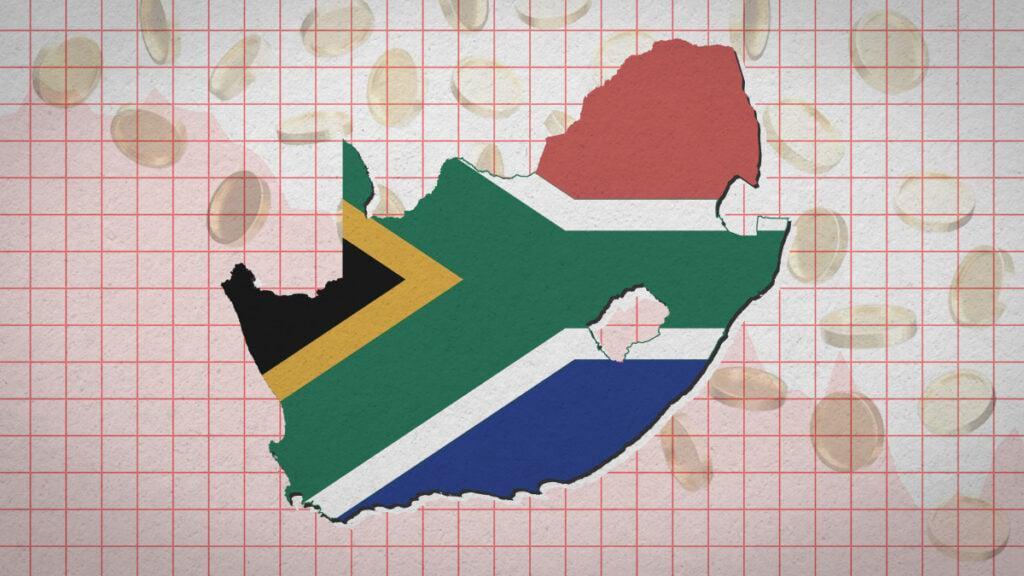Africa-Press – South-Africa. If the United States’ interest rates rise, South Africa would need to significantly tighten its fiscal policy to remain stable, and it will become even more difficult for the country to manage its debt.
South Africa will need to do even more to manage its massive debt burden during a time when taxpayers are already strained and government spending shows no signs of slowing down.
Schroders’ head of global economics, David Rees, recently outlined these dynamics in a new report, Sovereign debt dynamics: the alarming backdrop to rising geopolitical risk.
Rees explained that, after a long period of relative calm, several bond market wobbles have brought the issue of sovereign debt sustainability back on investors’ radars.
This is particularly true in the United States, following the significant uncertainty surrounding tariffs announced on US President Donald Trump’s so-called ‘Liberation Day’ on 2 April 2025.
Since this announcement, Trump’s tariff threats have waned and waxed, with the latest update threatening 30% tariffs on South African goods exported to the United States, with other select countries also slapped with higher tariffs.
Rees said this uncertainty has added to the lack of clarity about how the United States’ fiscal policy will evolve under the Trump administration, and how this will affect other countries.
“So far, DOGE does not appear to have made significant savings,” he said. “Meanwhile, a proposed tax and spending bill suggests that fiscal policy could become even more accommodative over the coming years, adding to market concerns about the large US budget deficit.”
“As such, while difficult to predict, it does not seem out of the question to think that the term premium could go back to a “normal” range of 1% to 2% that was seen during the early-2000s.”
The term premium is the extra yield, or compensation, that investors expect to receive for holding long-term bonds rather than short-term bonds.
In recent years, the United States’ term premium has been abnormally low, meaning investors were not receiving as big an “award” for holding long-term US debt.
Now, it seems as though the term premium could rise to as much as 1% to 2%, which would see long-term interest rates rise.
This would increase borrowing costs for government, companies, and households in the United States, and, given the US’s global dominance, affect other countries’ monetary policy as well.
South Africa in trouble
Finance Minister Enoch Godongwana
Countries like South Africa, which already struggle with high debt, will also find borrowing far more expensive under these conditions.
“As higher yields move through global markets, they cause debt dynamics to worsen,” Rees warned.
Therefore, South Africa and other countries worldwide will need to tighten fiscal policy by increasing revenue or cutting spending to offset this impact and remain stable.
For example, Schroders’ estimates show that a 100-basis-point increase in US Treasury yields causes fiscal positions in the United Kingdom and France to deteriorate by about 1% of GDP.
For South Africa, the country already needs to tighten its fiscal policy by about 3% of GDP to stop its debt from growing.
If the United States’ interest rates rise by 100 basis points, this figure changes to about 4% of GDP.
This is a tall order for a country already struggling to raise more revenue and cut spending, with a small, strained tax base and government reluctance to cut spending.
The government’s financial health has steadily deteriorated over the past decade, with the trend accelerating in recent years as it takes on more debt to cover its spending.
South Africa last posted a full budget surplus in the 2007/2008 financial year, after which it has run a deficit for 16 consecutive years.
This has led to the country’s debt skyrocketing to its current level of R5.21 trillion, equivalent to 73.9% of GDP.
The government spends R1.2 billion a day servicing this debt, and interest payments on its loans are one of the largest expenditure items in the budget, exceeding basic education and health.
To address this growing problem and stabilise debt, the National Treasury plans to consistently run primary budget surpluses. The Treasury projected in the 2025 Budget that South Africa’s debt will stabilise at 77.4% of GDP in 2025/26.
However, this is easier said than done, as this will require tapping more revenue from an already strained tax base or cutting spending, which is not only politically unpopular but also has implications for economic growth.
The government needs to invest in projects like large-scale infrastructure expansion and revitalisation to boost the country’s weak economy.
Over the past decade, South Africa’s economic performance has declined significantly, with an average annual growth rate of 0.8%.
Concerningly, GDP per capita growth has been negative or nearly zero over the past decade, excluding the post-pandemic boom in 2021 and 2022.
This means the government must also maintain, and often increase, spending on social welfare to support struggling households reliant on state support.
The graph below, courtesy of Schroders, shows how South Africa and other countries would need to adjust fiscal policy if US Treasury yields rise by 100 basis points.
Source: dailyinvestor
For More News And Analysis About South-Africa Follow Africa-Press






